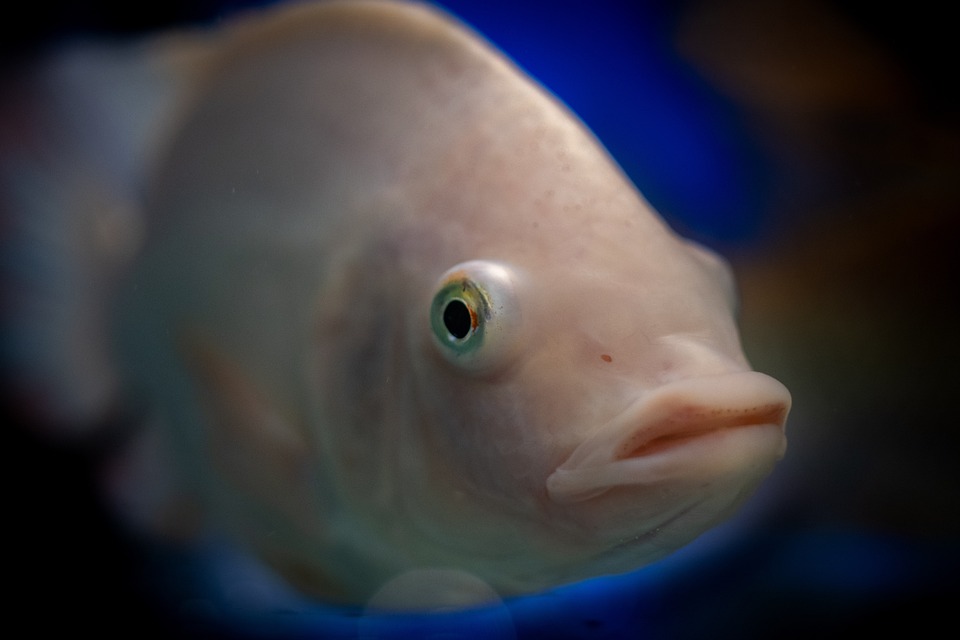Setting up a suitable fish tank environment is crucial for the well-being and overall health of your aquatic pets. By mimicking their natural habitat, you can provide them with a safe and comfortable space to thrive. In this comprehensive guide, we will walk you through the essential steps of creating the perfect habitat for your fish, as well as address some frequently asked questions to help you navigate the world of fish care with confidence.
The first step in setting up a suitable fish tank environment is selecting the right tank size. The size of your tank is crucial for the proper growth and development of your fish. Consider the adult size of your fish species, as well as their behavior and space requirements when choosing a tank.
Next, it is important to choose the appropriate filtration system. A reliable filtration system helps maintain a clean and healthy tank environment by removing toxins, chemicals, and waste materials that can harm your fish. There are three main types of filtration systems: mechanical, biological, and chemical. Understanding the differences and selecting the right one for your fish tank is crucial.
Establishing the ideal water parameters is another vital step in creating a suitable fish tank environment. Factors like temperature, pH levels, and water hardness play a significant role in creating a comfortable environment for your fish. Research the specific requirements of your fish species to ensure you provide the optimal water parameters.
Introducing appropriate substrate and decorations not only enhances the visual appeal of your fish tank but also serves practical purposes. Substrate provides a natural environment for beneficial bacteria and supports plant growth, while decorations offer hiding spots and territories for your fish. Take into account the preferences of your fish species when selecting substrate and decorations.
Live aquatic plants offer numerous benefits to your fish tank environment, such as oxygenation, toxin absorption, and a sense of security for your fish. Research the types of plants that thrive in your fish tank’s water conditions and choose accordingly. Remember to provide adequate lighting and nutrients to promote plant growth and vitality.
When selecting fish species for your tank, it is crucial to consider their compatibility. Some fish may have aggressive tendencies or specific social requirements. Research the behavior and compatibility of different fish species to ensure a harmonious community within your tank. Avoid overcrowding, as it can lead to stress, aggression, and poor water quality.
Regular monitoring and maintenance are essential for the long-term health of your fish and the stability of their environment. Perform water tests regularly to ensure optimal water quality, and schedule routine cleaning and water changes to prevent the accumulation of harmful substances. Regularly inspect the filtration system and equipment to ensure they are functioning correctly.
Now, let’s address some frequently asked questions to provide further guidance:
Q1: How often should I feed my fish?
A1: The feeding frequency depends on the species and their specific dietary requirements. In general, it is recommended to feed your fish small portions 2-3 times a day, ensuring they consume all the food within a few minutes.
Q2: How do I maintain the correct water temperature?
A2: To maintain the correct water temperature, use an aquarium heater with a built-in thermostat. Set the desired temperature and regularly check the thermometer to ensure it remains stable.
Q3: Can I keep different fish species together in the same tank?
A3: Yes, you can keep different fish species together, but it is crucial to choose compatible species that have similar environmental requirements and compatible behaviors.
Q4: How often should I clean my fish tank?
A4: It is recommended to perform a partial water change of 10-20% every 1-2 weeks, depending on the tank size and the number of fish. Regularly clean the tank glass, decorations, and filter media to prevent the accumulation of waste materials.
Q5: Can I use tap water for my fish tank?
A5: Tap water can be used for your fish tank, but it must be conditioned to remove harmful chlorine or chloramines. Use a water conditioner specifically designed for aquarium use.
By following these guidelines and taking proper care of your fish tank environment, you can create a thriving aquatic home for your fish, ensuring their optimal health and well-being. Remember to continuously educate yourself about your fish species’ specific needs and adapt the environment accordingly. Happy fishkeeping!









